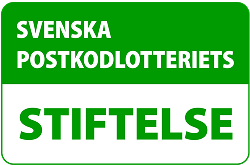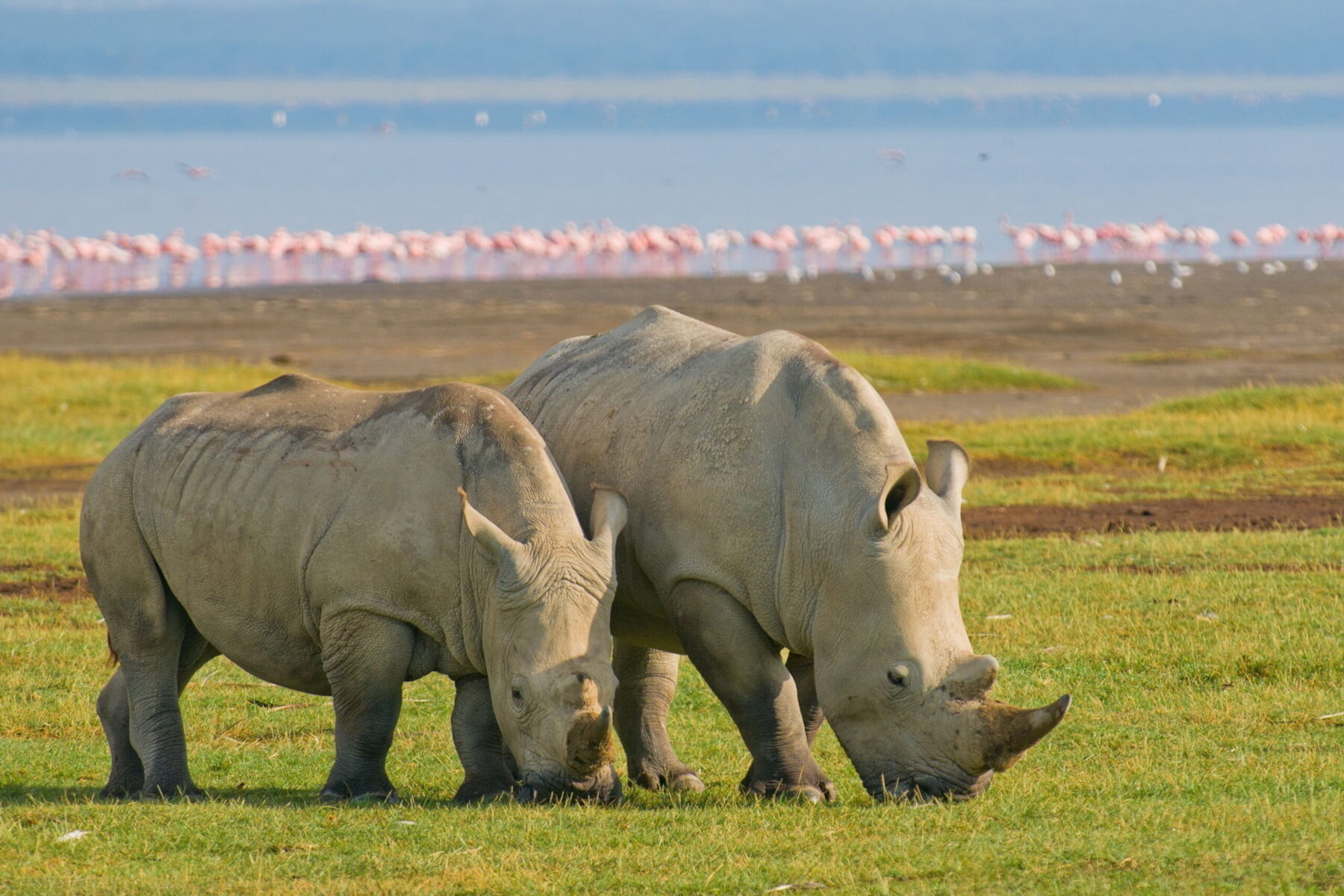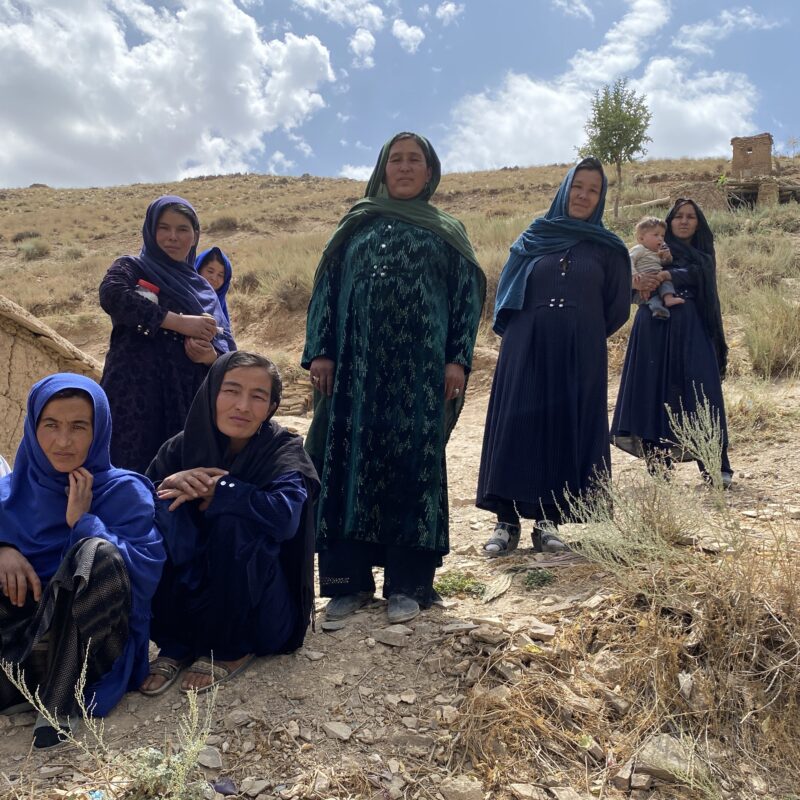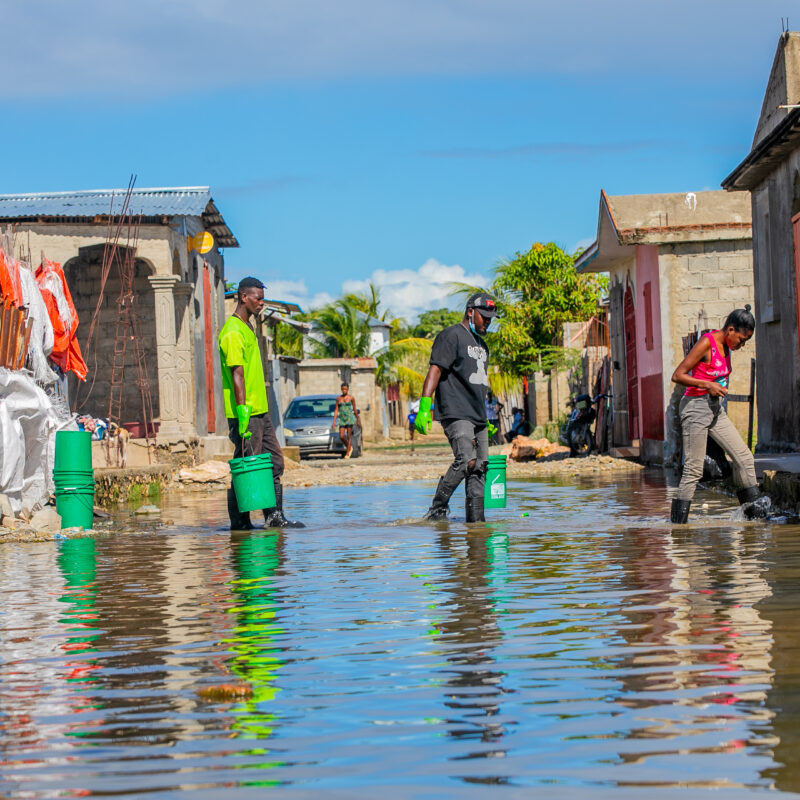The Wildlife Justice Commission
Addressing wildlife crime in Mozambique
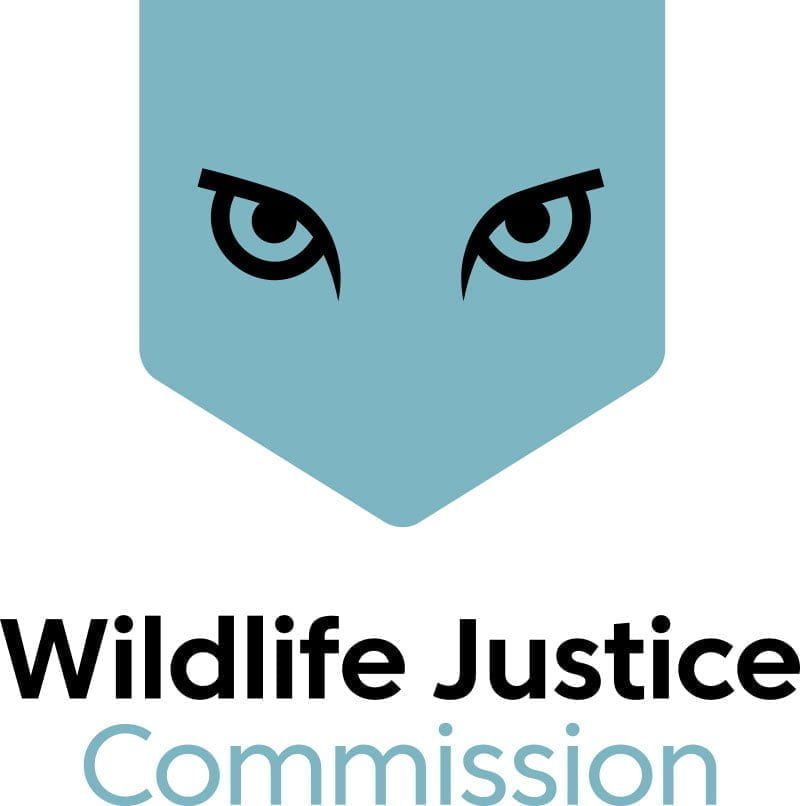
Project information
 Location
Location
 Duration of the project
Duration of the project
 Time status
Time status
 Focus area
Focus area
Criminal networks based in Mozambique have been identified as playing a significant role in poaching and trafficking of elephants and rhinos in the Great Limpopo Transfrontier Conservation Area (GLTFCA), an area of more than 37,000 square kilometers that encompasses the most established wildlife areas in southern Africa. Mozambique is also known as an exit point out of Africa for ivory and rhino horn to be shipped to Asia, where they are in demand for carved luxury products.
The Wildlife Justice Commission works closely with law enforcement agencies, to disrupt and help dismantle transnational criminal networks trading in wildlife, timber, and fish by sharing intelligence reports; presenting compelling evidence; and building law enforcement capability to investigate and address these crimes through training, mentoring, and conducting joint operations. We also share our insights with policy makers to support informed decision making.
With this project, the Wildlife Justice Commission will support law enforcement in Mozambique to enhance their capabilities for investigating and prosecuting wildlife crime.
The project is supported with SEK 2 980 000.
What does the project deliver?
– An intensive training and mentoring programme for law enforcement personnel in Mozambique who are involved in addressing wildlife crime.
– A long-term plan to support sustainable capacity within the full judiciary cycle in Mozambique.
Why do we support this project?
The project contributes to the conservation of endangered animals, thus also contributing to the conservation of biodiversity, which is absolutely crucial to ensure sustainable development.
